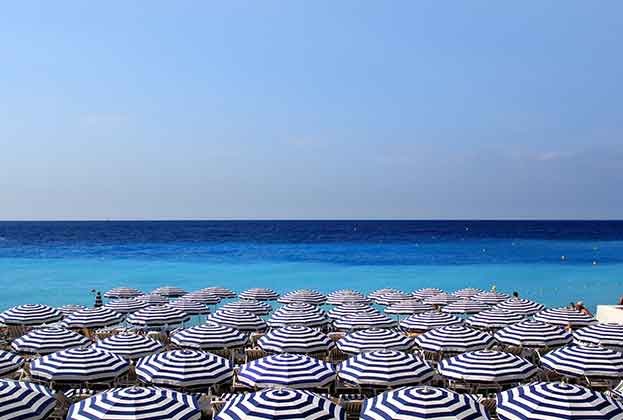Brightly coloured beach huts lined up along the coast are as much a part of the quintessential British seaside as fish and chips. A safe place to store deck chairs and buckets and spades, and, of course, to make a cup of tea in – where would we be without these iconic little structures?
The beach hut started life as a mobile changing room for Victorian bathers. In the 19th century, no trip to the coast was complete without a dip in the sea and so-called ‘bathing machines’, which looked like a beach hut on wheels, protected the modesty of genteel participants. After the First World War, councils replaced the bathing machines with a more permanent design.
Huts vary enormously in price, ranging from a few thousand pounds for something very basic to tens of thousands for a more luxurious design where overnight stays are permitted. Beach huts at Mudeford in Christchurch, which you can sleep in during spring and summer, can sell for over £200,000.
You will most likely have to pay ground rent – though some properties come with share of freehold – which varies from area to area. You may also be liable for council tax and/or a maintenance charge. What you're really paying for, though, is location: the beach huts on the beautiful Dorset coast, for example, go for between £65,000 and £100,000.
Renting on a daily, weekly or annual basis is another option, though there can be lengthy waiting lists. In Poole, for instance, the council’s waiting list for beach huts was closed for seven years due to such high demand. The authority is currently quoting waiting times of between 10 and 19 years, depending on the location.
Beach huts don't come up for sale very often and there is always a high demand, especially if priced correctly. So if you've set your heart on one, it's important to register with an agent.
Further information
View available properties for sale
(1).jpg)
.jpg)
.png)



.jpg)


.jpg)
